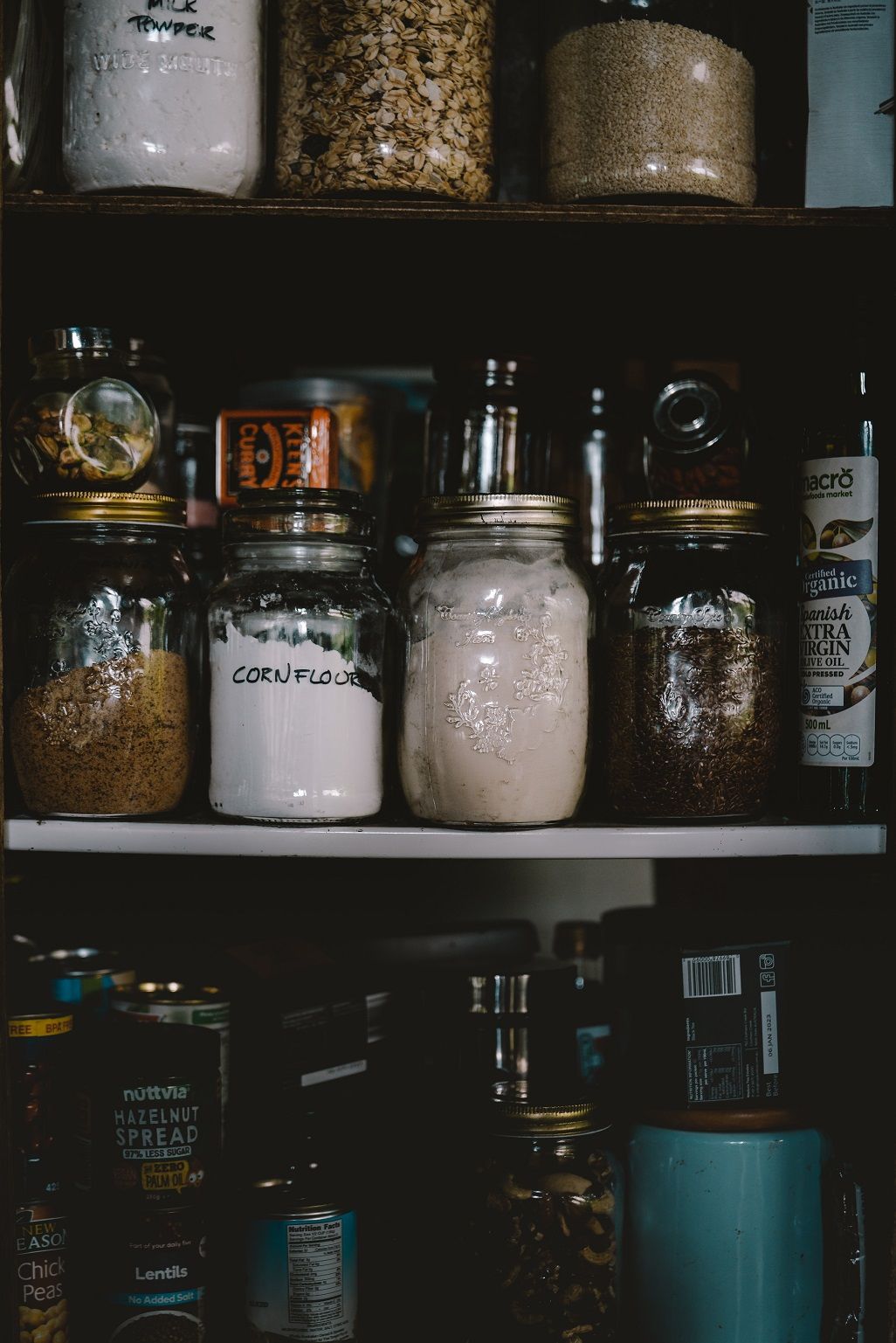The Final Step in Food Security: Storing Your Harvest for Later Use

Discover the best methods for storing different types of crops and ensuring your family's food needs are met year-round.
If you're growing your own food, you're already taking an important step towards food security. But what happens after the harvest? The final step in achieving true food independence is storing your crops for long-term use. From root cellars to canning and dehydration, there are many methods to ensure your family has access to fresh, healthy produce all year round.
In this guide, we'll cover the best ways to store your backyard harvest and prolong the shelf life of your crops. Whether you're growing fruits, vegetables, or herbs, these techniques will help you maintain your food security and reduce food waste.
Root Cellars
A root cellar is a traditional way of storing produce that has been used for centuries. A root cellar is typically a cool, dark, and humid space where you can store root vegetables, such as potatoes, carrots, and onions, as well as other crops like squash and apples. The ideal temperature range for a root cellar is between 32 and 40°F, with a humidity level of around 90%. This environment helps to slow down the ripening process and prevents spoilage.
To create a root cellar, you can convert an existing basement or dig a hole in your yard and build an underground storage area. You can also use a large, insulated container, such as a chest freezer, to store your produce. Just be sure to monitor the temperature and humidity levels regularly.
Canning
Canning is a great way to preserve your produce and extend its shelf life. Canning involves heating food to a high temperature to kill off any bacteria and then sealing it in a sterile, airtight container. This method is particularly effective for preserving fruits, vegetables, and sauces.
To can your produce, you'll need a canning kit, which typically includes a large pot, jars, and lids. Start by washing your produce and preparing it according to the recipe. Then, sterilize your jars and lids by boiling them in water. Finally, fill the jars with your prepared food and process them in the canner for the recommended time.
Dehydration
Dehydration is another popular method for preserving produce. Dehydration involves removing the moisture from food, which helps to prevent the growth of bacteria and mold. Dehydrated foods can last for several months and are a great way to preserve herbs, fruits, and vegetables.
To dehydrate your produce, you'll need a dehydrator or an oven set to a low temperature. Simply slice your produce into thin, even slices and place them on the dehydrator trays. Then, dry the food according to the recommended time and temperature.
Vacuum Sealing
Vacuum sealing is a method of storing food that involves removing all the air from a container and sealing it with a vacuum sealer. This method is particularly effective for storing meat and fish, as well as fruits and vegetables.
To vacuum seal your produce, you'll need a vacuum sealer and bags. Simply place your produce in the bag, remove as much air as possible, and seal the bag. Vacuum sealed produce can last for several months in the freezer.
Storing your backyard harvest is a crucial step towards achieving food security and sustainability. By properly storing your fruits and vegetables, you can ensure that your hard work pays off for months to come. Whether you choose to freeze, can, dehydrate, or root cellar your produce, there are many options to fit your preferences and needs. Experiment with different methods and find what works best for you and your family. With a little effort and planning, you can enjoy the benefits of your backyard harvest all year round.
